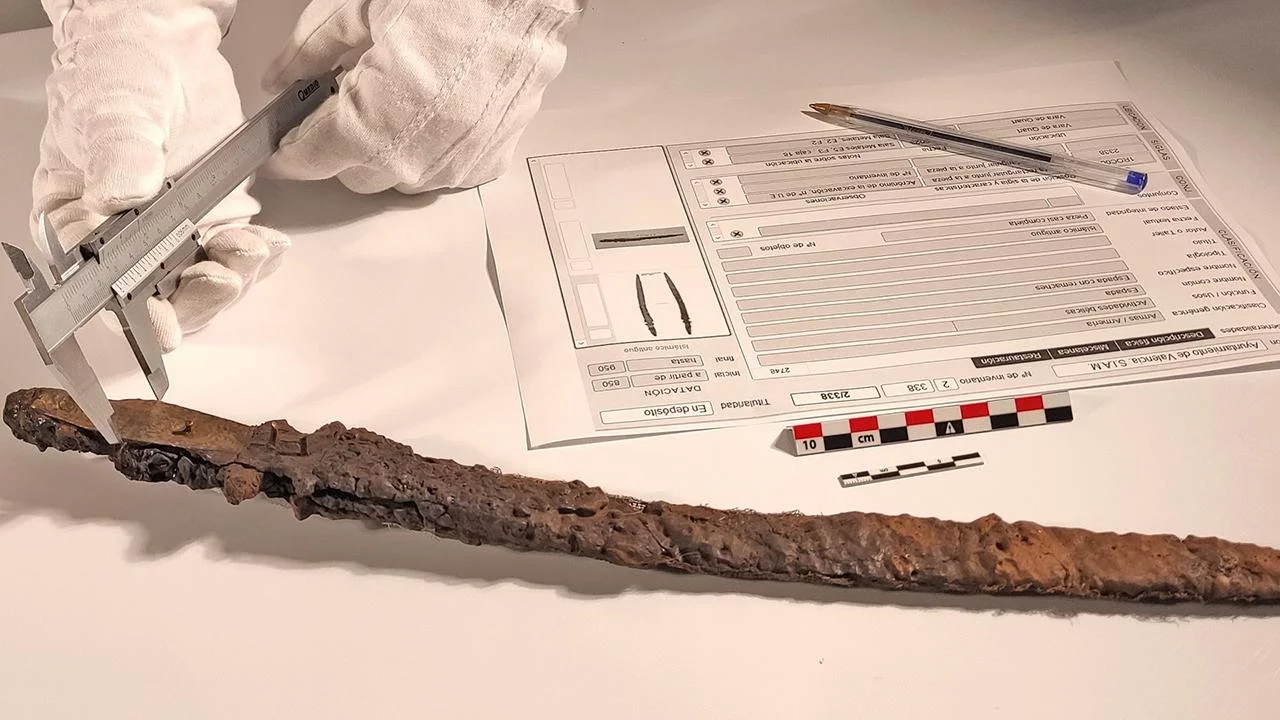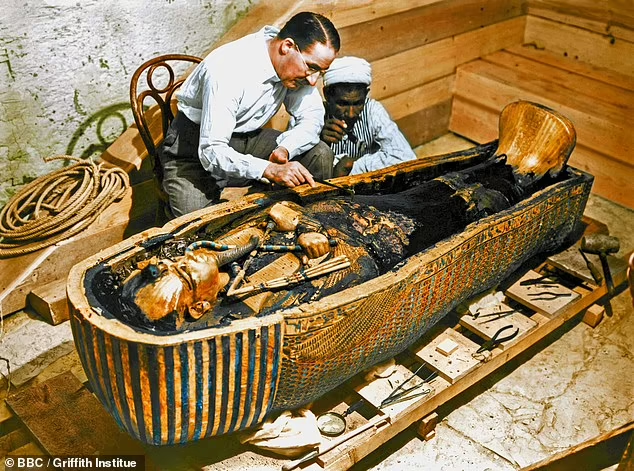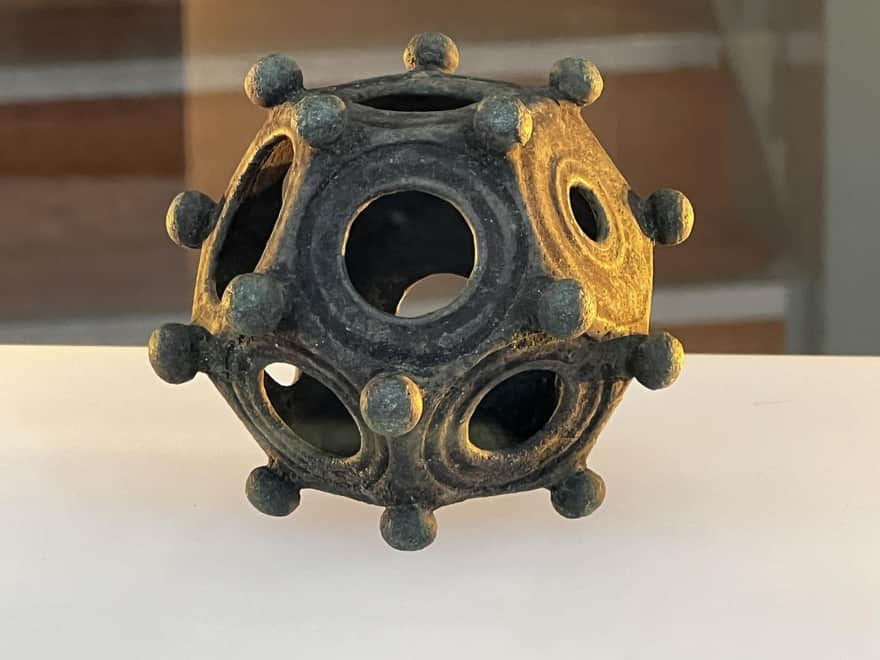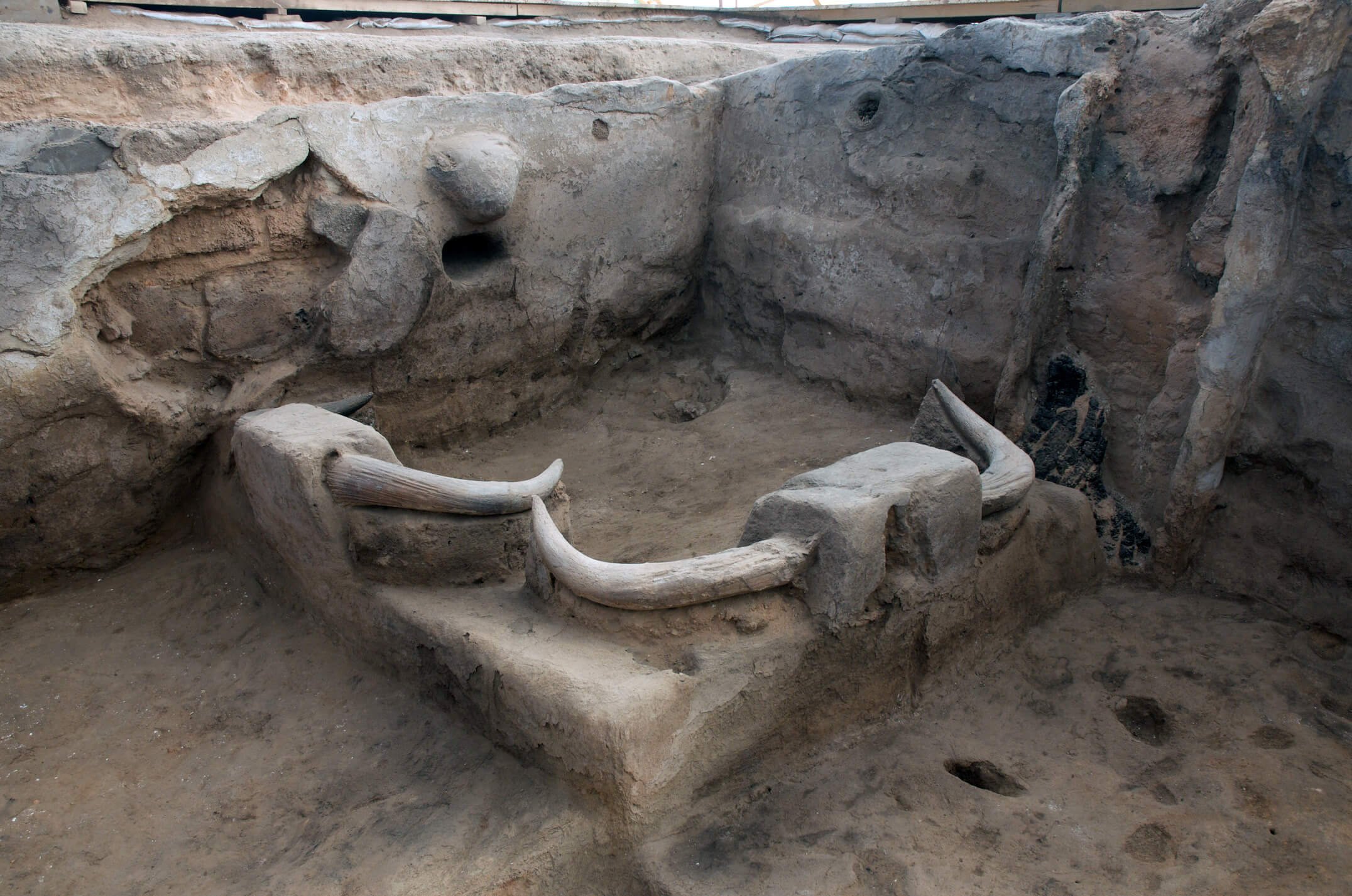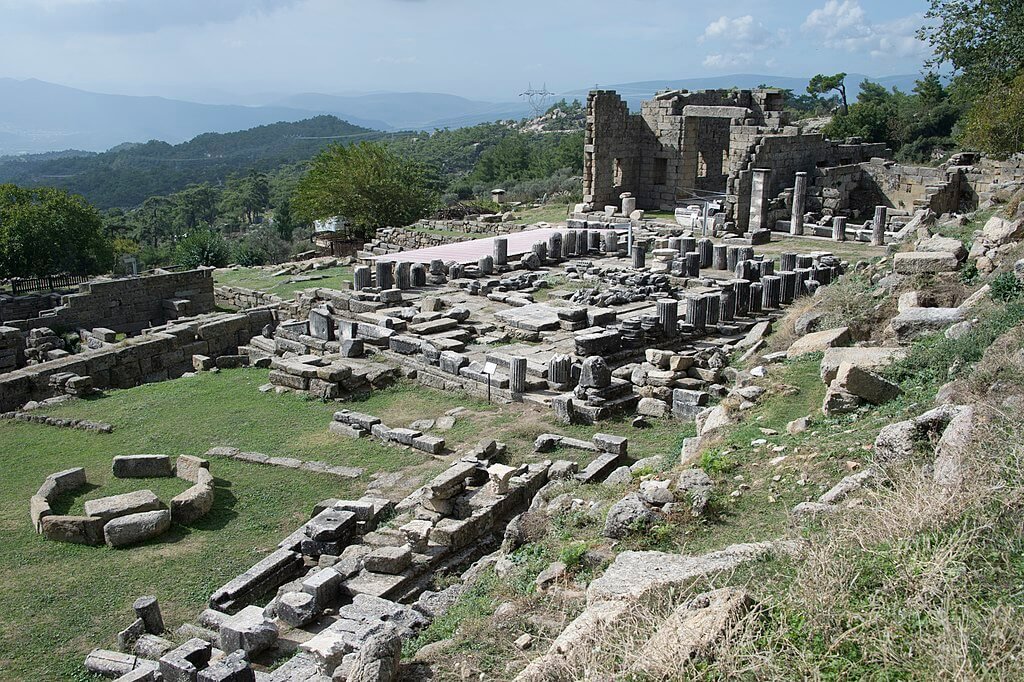Adoniram - Meaning "My Lord is exalted," Adoniram was a trusted official in the court of King Solomon, as recorded in Biblical accounts.
Asherah - Revered as the "She who walks in the sea," Asherah was a significant Phoenician goddess of fertility, symbolized often as a tree or a pole.
Baal - Signifying "Lord" or "Master," Baal held a paramount position in the Phoenician pantheon, associated with storms and fertility rites.
Dido - Potentially derived from Phoenician roots denoting a "wanderer," Dido is enshrined in legend as the founder of Carthage, her tale intertwined with Virgil's "Aeneid."
Elissa - Translating to "Queen" or "Goddess," Elissa, an alternative name for Dido, carries the weight of Carthaginian foundational mythos.
Hanno - With possible connotations of "Gracious" or "Merciful," Hanno emerges in Carthaginian history as a name borne by several notable figures.
Ithobaal - Meaning "With whom Baal contends," Ithobaal, a king of Tyre, left an indelible mark through conflicts chronicled in historical texts.
Jezebel - Echoing the inquiry, "Where is the prince?" Jezebel strides through history as a Phoenician queen, infamous for promoting the worship of Baal.
Kothar - Revered as "Skillful" or "Clever," Kothar embodied the essence of craftsmanship and artistry in Phoenician mythology.
Melqart - The name signifying "King of the City" heralded the prominence of Melqart, a deity intertwined with Tyrian identity and often equated with Heracles.
Tanit - Potentially denoting a "Serpent Lady," Tanit, the Phoenician goddess of fertility and war, cast her influence over the land and sea.
Abibaal - Reflecting "My father is Baal," Abibaal adorned the titles of several Phoenician kings, underscoring their divine lineage.
Astarte - Bestowed with the mantle of "Lady of the Sky," Astarte reigned as a preeminent goddess of love and war in the Phoenician pantheon.
Belshazzar - Inclining toward "May Bel protect the king," Belshazzar, though of Babylonian descent, bore the imprint of Phoenician heritage.
Eshmun - Potentially embodying "The Eighth," Eshmun, the Phoenician god of healing, commanded reverence with his serpent-laden imagery.
Hamilcar - Linked etymologically to "Brother of Melqart," Hamilcar emerged as a recurrent name among Carthaginian leaders and generals.
Ittobaal - With shades of "With whom Baal is present," Ittobaal graced the annals of Sidonian kingship, shaping the destiny of his people.
Mago - Potentially derived from "great" or "powerful," Mago epitomized the strength and leadership inherent in Carthaginian nobility.
Sidon - Carrying the essence of "Fishery" or "Fisher's Town," Sidon emerged as a maritime powerhouse among ancient Phoenician city-states.
Tharbis - Shrouded in mystery, Tharbis, a legendary Ethiopian princess, traversed realms of myth and history, entwined with the saga of Moses.
Amatzia - Reverberating with "Yahweh is mighty," Amatzia echoed the fervent devotion to the deity amidst Phoenician and Hebrew communities.
Aziza - Embodying "Strong" or "Mighty," Aziza encapsulated the resilience and fortitude valued in Phoenician society.
Bodashtart - Symbolizing "Baal has given," Bodashtart adorned the titles of kings and nobles, evoking divine benevolence and favor.
Eshbaal - Enshrining "Man of Baal" or "Fire of Baal," Eshbaal's name echoed through royal lineage and historical records.
Hiram - With potential meanings such as "Brother of the Exalted One," Hiram's legacy intertwined with alliances and trade routes, fostering prosperity between Tyre and Israel.
Jael - Evoking images of the "Mountain Goat" or "Wild Goat," Jael etched her name in Biblical lore through her pivotal role in the defeat of Sisera.
Kabzeel - Potentially signifying "God gathers" or "Gathering of God," Kabzeel found mention both as a place in ancient Judah and a personal name.
Molech - Laden with possible connotations of "King" or "Ruler," Molech evoked both reverence and dread as a deity associated with sacrificial rites.
Tanith - Resonating with the enigmatic "Serpent Lady," Tanith held sway over realms of fertility, war, and lunar cycles in Phoenician and Carthaginian mythology.
Zebulon - Carrying echoes of "Dwelling" or "Habitation," Zebulon traversed realms of tribal affiliation among ancient Israelites and as a personal name among Phoenicians.
Adnah - With potential meanings like "The Lord's Ornament" or "Adorned by the Lord," Adnah was a name borne by several figures in the Bible, including military officers and officials.
Baalat - Translating to "Lady" or "Mistress," Baalat was a title used for various goddesses in the Phoenician and Canaanite pantheon.
Cenebeth - The meaning of Cenebeth remains uncertain, though it appears as a personal name in Phoenician inscriptions.
Ethbaal - Signifying "With Baal," Ethbaal was the name of several kings of Sidon and Tyre, known for their devotion to the god Baal.
Hacmoni - With potential meanings like "The Wise" or "The Skilled," Hacmoni appears as a personal name in Phoenician inscriptions.
Joppa - Meaning "Beautiful," Joppa was an ancient port city in Phoenicia, known today as Jaffa, located in modern-day Israel.
Karmil - Potentially signifying "Vineyard of El," Karmil appears as a personal name in Phoenician inscriptions.
Nebo - Possibly meaning "Proclaimer" or "Speaker," Nebo was a god of wisdom and writing in the Phoenician and Babylonian pantheon.
Tadmor - With potential meanings like "Palm Tree" or "Date Palm," Tadmor was an ancient city in the Syrian desert, known for its ruins.
Zalmunna - Meaning "Shadow of the Cloud" or "Protected by the Cloud," Zalmunna was a king of Midian defeated by the Israelites according to the Bible.
Ahiram - Potentially meaning "Brother of the Lofty One," Ahiram was the name of a king of Byblos and also appears in Phoenician inscriptions.
Barca - Possibly derived from "Thunderbolt" or "Lightning," Barca was the name of a prominent Carthaginian family, including the famous general Hannibal Barca.
Elimelech - Signifying "My God is King," Elimelech appears in both Phoenician and Hebrew contexts, often indicating devotion to the god Yahweh.
Hesbon - The meaning of Hesbon remains uncertain, though it appears as a personal name in Phoenician inscriptions.
Kadesh - Kadesh was an ancient city in Syria, known for its significance in various historical and religious contexts.
Obadiah - Meaning "Servant of Yahweh," Obadiah was the name of several individuals in the Bible, including a prophet.
Tyre - Tyre was one of the most prominent Phoenician city-states, renowned for its maritime trade and purple dye production.
Zaphon - The meaning of Zaphon remains uncertain, though it appears as a personal name in Phoenician inscriptions.
Ahmose - Meaning "Born of the Moon," Ahmose was a name borne by several ancient Egyptian pharaohs, though it also appears in Phoenician contexts.
Baruch - Signifying "Blessed" or "Blessing," Baruch was the name of a scribe in the Bible, known for his association with the prophet Jeremiah.
Eliab - Meaning "God is Father," Eliab appears as a personal name in both Biblical and Phoenician contexts.
Heshbon - The meaning of Heshbon remains uncertain, though it appears as a personal name in Phoenician inscriptions.
Kamar - Possibly meaning "Vine" or "Vineyard," Kamar appears as a personal name in Phoenician inscriptions.
Oreb - Meaning "Raven," Oreb was a figure in the Bible, known for his role in the defeat of the Midianites by Gideon.
Ugarit - Ugarit was an ancient city-state located in modern-day Syria, known for its significant archaeological discoveries.
Zarephath - Meaning "Smelting Furnace" or "Refinery," Zarephath was an ancient Phoenician city mentioned in the Bible.
Ahzai - The meaning of Ahzai remains uncertain, though it appears as a personal name in Phoenician inscriptions.
Bazlith - The meaning of Bazlith remains uncertain, though it appears as a personal name in Phoenician inscriptions.
Elimelek - Possibly meaning "My God is King," Elimelek appears as a personal name in both Biblical and Phoenician contexts.
Hezekiah - Meaning "Yahweh Strengthens," Hezekiah was a king of Judah, known for his religious reforms and defiance against Assyrian domination.
Kamzu - The meaning of Kamzu remains uncertain, though it appears as a personal name in Phoenician inscriptions.
Orpheus - Orpheus was a legendary figure in Greek mythology, known for his musical prowess and journey to the underworld.
Zimran - Meaning "Song" or "Music," Zimran appears as a personal name in Phoenician inscriptions.
Ahzai - The meaning of Ahzai remains uncertain, though it appears as a personal name in Phoenician inscriptions.
Bealiah - Signifying "Yahweh is Lord," Bealiah appears as a personal name in both Biblical and Phoenician contexts.
Eliphaz - Meaning "God is Fine Gold," Eliphaz appears as a personal name in both Biblical and Phoenician contexts.
Hiddekel - Hiddekel was one of the rivers mentioned in the Bible, often identified with the Tigris River.
Keturah - Meaning "Incense" or "Fragrance," Keturah appears as a personal name in both Biblical and Phoenician contexts.
Othniel - Signifying "Lion of God," Othniel was a judge of Israel, known for his valor and leadership.
Zorah - Zorah was an ancient city in the territory of the tribe of Dan, known for its association with the biblical figure Samson.
Aibani - The meaning of Aibani remains uncertain, though it appears as a personal name in Phoenician inscriptions.
Beeri - Meaning "My Well," Beeri appears as a personal name in both Biblical and Phoenician contexts.
Elisha - Signifying "God is Salvation," Elisha was a prophet in the Bible, known for his miracles and association with the prophet Elijah.
Hinai - The meaning of Hinai remains uncertain, though it appears as a personal name in Phoenician inscriptions.
Kimah - Possibly meaning "Constellation" or "Star," Kimah appears as a personal name in Phoenician inscriptions.
Padan - Padan was a region mentioned in the Bible, often identified with the area where Jacob stayed with Laban.
Zorath - The meaning of Zorath remains uncertain, though it appears as a personal name in Phoenician inscriptions.
Ainai - Possibly meaning "My Fountain" or "My Eye," Ainai appears as a personal name in Phoenician inscriptions.
Bekar - Possibly meaning "Firstborn" or "First Fruits," Bekar appears as a personal name in Phoenician inscriptions.
Elkanah - Signifying "God has Possessed" or "God has Created," Elkanah appears as a personal name in both Biblical and Phoenician contexts.
Hiram - Hiram was the name of several kings of Tyre, known for their alliances and trade relations with Israel.
Laban - Meaning "White," Laban was a figure in the Bible, known for his relationship with his nephew Jacob.
Penuel - Signifying "Face of God," Penuel appears as a place name in the Bible, associated with Jacob's wrestling with an angel.
Zohar - Possibly meaning "Brilliance" or "Radiance," Zohar appears as a personal name in both Biblical and Phoenician contexts.
Aliah - The meaning of Aliah remains uncertain, though it appears as a personal name in Phoenician inscriptions.
Belial - Meaning "Worthless" or "Wicked," Belial was a figure in Jewish and Christian texts, often representing evil.
Elon - Signifying "Oak Tree" or "Terebinth," Elon appears as a personal name in both Biblical and Phoenician contexts.
Hoshea - Meaning "Salvation" or "He Saves," Hoshea was the name of several figures in the Bible, including a king of Israel.
Lahmi - The meaning of Lahmi remains uncertain, though it appears as a personal name in Phoenician inscriptions.
Phuvah - Possibly meaning "Mouth" or "Speech," Phuvah appears as a personal name in both Biblical and Phoenician contexts.
Zur - Signifying "Rock" or "Stone," Zur appears as a personal name in both Biblical and Phoenician contexts.
Allon - Meaning "Oak" or "Oak Tree," Allon appears as a personal name in both Biblical and Phoenician contexts.
Ben-Ammi - Translating to "Son of My People," Ben-Ammi was the name of a biblical figure, believed to be the ancestor of the Ammonite people.
Emek - Possibly meaning "Valley" or "Lowland," Emek appears as a personal name in Phoenician inscriptions.
Ibzan - Signifying "Distinguished" or "Illustrious," Ibzan was a judge of Israel, known for his thirty sons and thirty daughters.
Lamech - Meaning "Powerful" or "Mighty," Lamech appears as a personal name in both Biblical and Phoenician contexts.
Raphah - Possibly meaning "Healed" or "Restored," Raphah appears as a personal name in both Biblical and Phoenician contexts.
Zuph - The meaning of Zuph remains uncertain, though it appears as a personal name in both Biblical and Phoenician contexts.
Alvan - Possibly meaning "Brightness" or "Whiteness," Alvan appears as a personal name in both Biblical and Phoenician contexts.
Balaam - Signifying "Not of the People" or "Foreigner," Balaam was a figure in the Bible, known for his prophetic abilities and association with the Moabite king Balak.
These names encompass a diverse array of meanings and historical contexts, offering glimpses into the vibrant tapestry of Phoenician civilization.






























